How to Winterize a Garden — 5 Important Tasks You Should Not Skip
Protect your garden with these tips to prepare you for the upcoming cold freeze, according to professionals
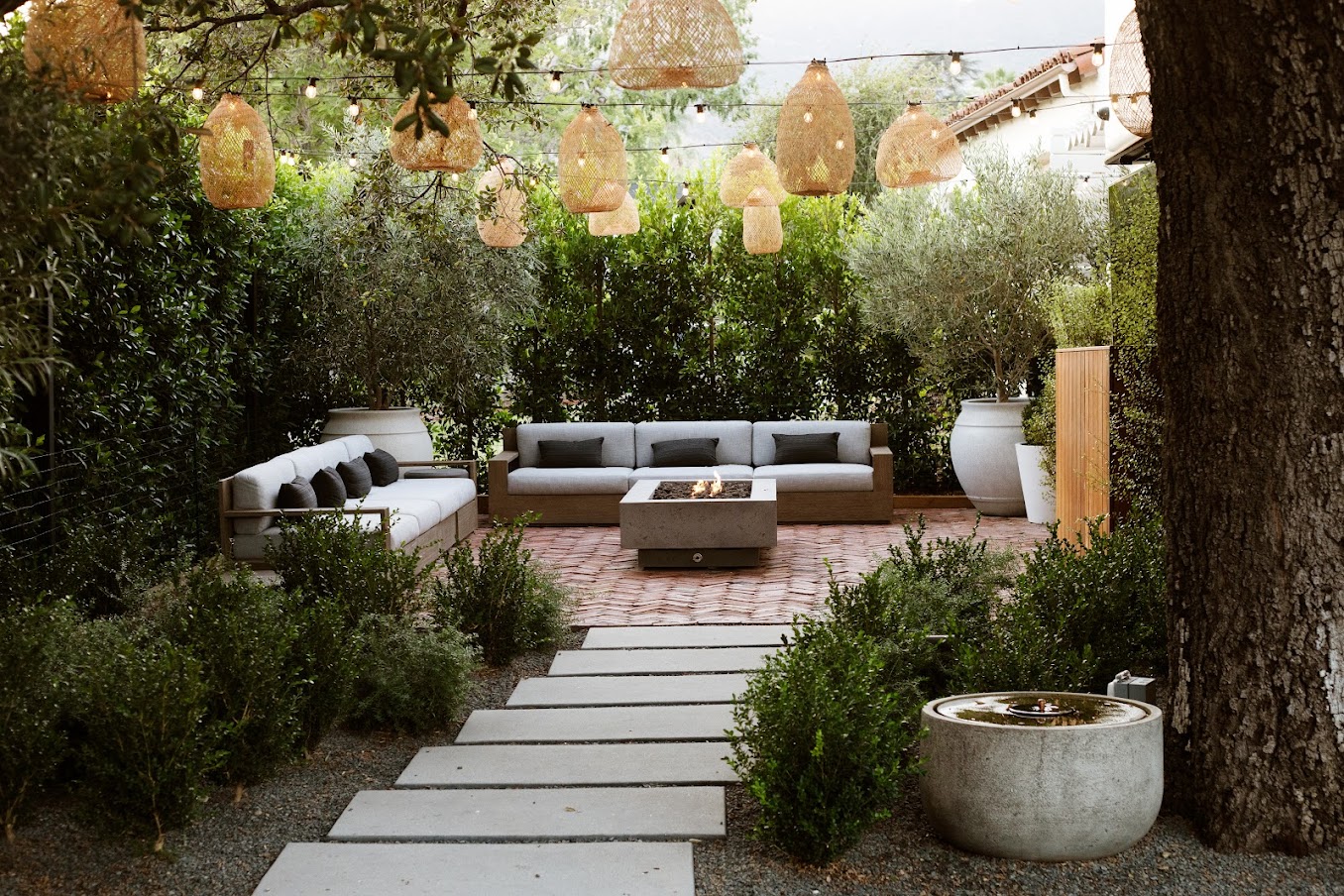
Faiza Saqib
With the seasons changing and the winter freeze slowly approaching, it's important for green-thumbed and even beginner gardeners to protect and prepare their backyards for the upcoming frost — and so begins the process of winterizing a garden.
Much like overwintering your much-loved plants, winterizing your garden will allow you to protect and build up your garden's soil. It's an important part of preparing your shrubs, vegetables, and even flowers for a drop in temperature.
It's time to lay down some mulch and prepare your yard for the cold days. Here are five tasks to undertake to winterize a garden.
1. Clear out pipes, drains, and gutters
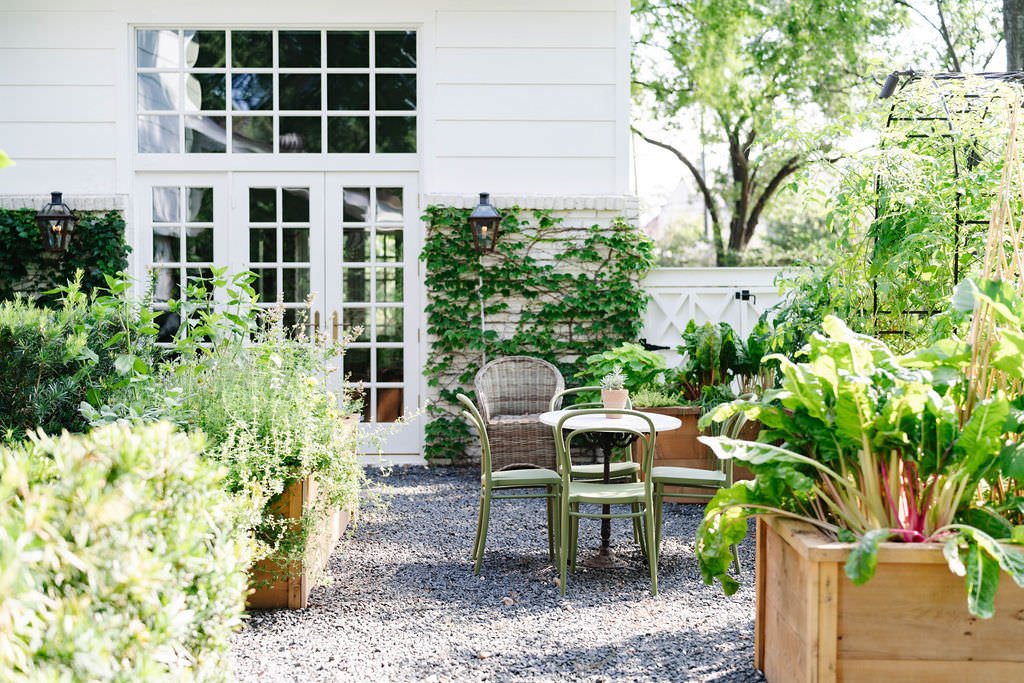
It's time to clean up your backyard, and the first step is to tackle the nitty-gritty gardening jobs.
"The first and most important thing to winterize in any garden is the outdoor faucets and sprinkler systems, so as to avoid any pipes freezing and bursting over winter," explains landscape design expert Amber Freda. According to Jordan Clough of Richardson & Associates Landscape Architecture, water is the number one cause of issues in the winter. "Remember to blow out irrigation systems and winterize pools, but you may also have to winterize any water lines to outdoor kitchens, or remote hose bibs," he says.
Pipes are not the only thing to worry about. As Amber goes on to explain, you'll also want to make sure any gutters and drains are cleared of debris. "This is so they continue to work properly over winter and don’t overflow," she says. Setting time aside for this home exterior trick is an easy way to save money on costly damage further down the line.
2. Mulch your plants

In areas where temperatures get quite low, the roots of your plants risk freezing which will stop the plants from blooming come spring. For this reason, many plants need an extra layer of protection through winter if you want your modern garden to flourish next year. If you're wondering how to mulch a garden, it's a whole lot easier than you might think.
"Add a nice thick layer of mulch to all perennial and shrub beds," says Jordan. "For many perennials, this is very important to keeping constant moisture around the roots and mitigating the temperature swings and extremes of the winter months while they are dormant — think of it as tucking them in for a winter's rest. This will certainly result in better, fuller, spring growth."
3. Prune and deadhead
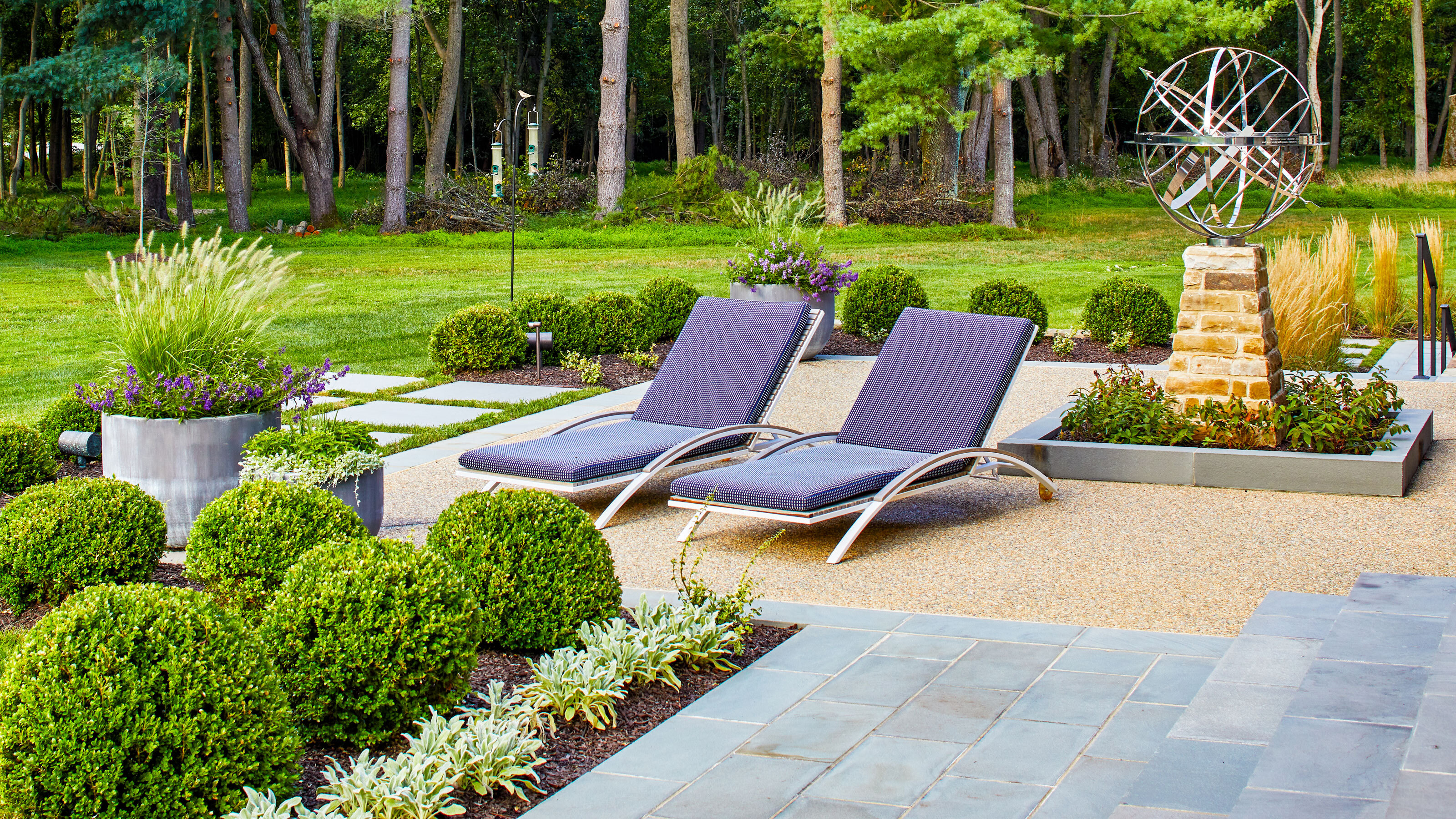
It might be worth taking your pruning tools out and deadheading your plants this time of year. This is to ensure they don’t spread any diseases and to make them look tidier in the coming months. We're quite the fan of these Corona BP 3180D Forged Classic Bypass Pruners from Amazon. "Go ahead and prune back any dead flower blooms or overgrown plants so everything looks tidy in preparation for winter," advises Amber.
"Winter is a time when plant diseases can spread and further infect weak specimens made weaker during the winter months," Jordan adds. "Keep an eye out for any changes in the look of the plant's leaves, and see if you notice any infestation, making sure you remove it immediately." While he agrees it’s important to trim back any diseased plants, he urges you to check which plant you're cutting. Not all plants will benefit from a trim this time of year, especially if they've already entered their period of dormancy, so always double-check beforehand.
4. Fertilize (or don't...)

When it comes to fertilizing a garden and its soil, opinions are divided on this one. Amber advises you to stop fertilizing your plants to allow them to harden off before winter.
On the other hand, Jordan suggests applying a slow-release fertilizer to lawns and flower beds. "This will work its way into the soil over the winter months and be available for when your plants wake up in the spring," he explains. We'll leave it to you to decide whether your plants need a boost.
Looking to fertilize your soil? Try Jack's Classic 20-20-20 All Purpose Fertilizer from Walmart, priced at jst $19.89.
5. Protect the pollinators

We all want to do our part for the planet, and if you want to protect beneficial garden insects, you can offer them a place to hibernate over winter.
"They most frequently do this in piles of fallen leaves and in the remains of dormant plants," says Jordan. "If you have an area where you don't mind allowing leaves to stay over the winter, and you can leave some of the dry stalks of your perennials standing until spring, the native pollinators will greatly appreciate it!" After all, wildlife gardening isn't only about attracting pollinators in spring and summer.
Overwintering Vs Winterizing
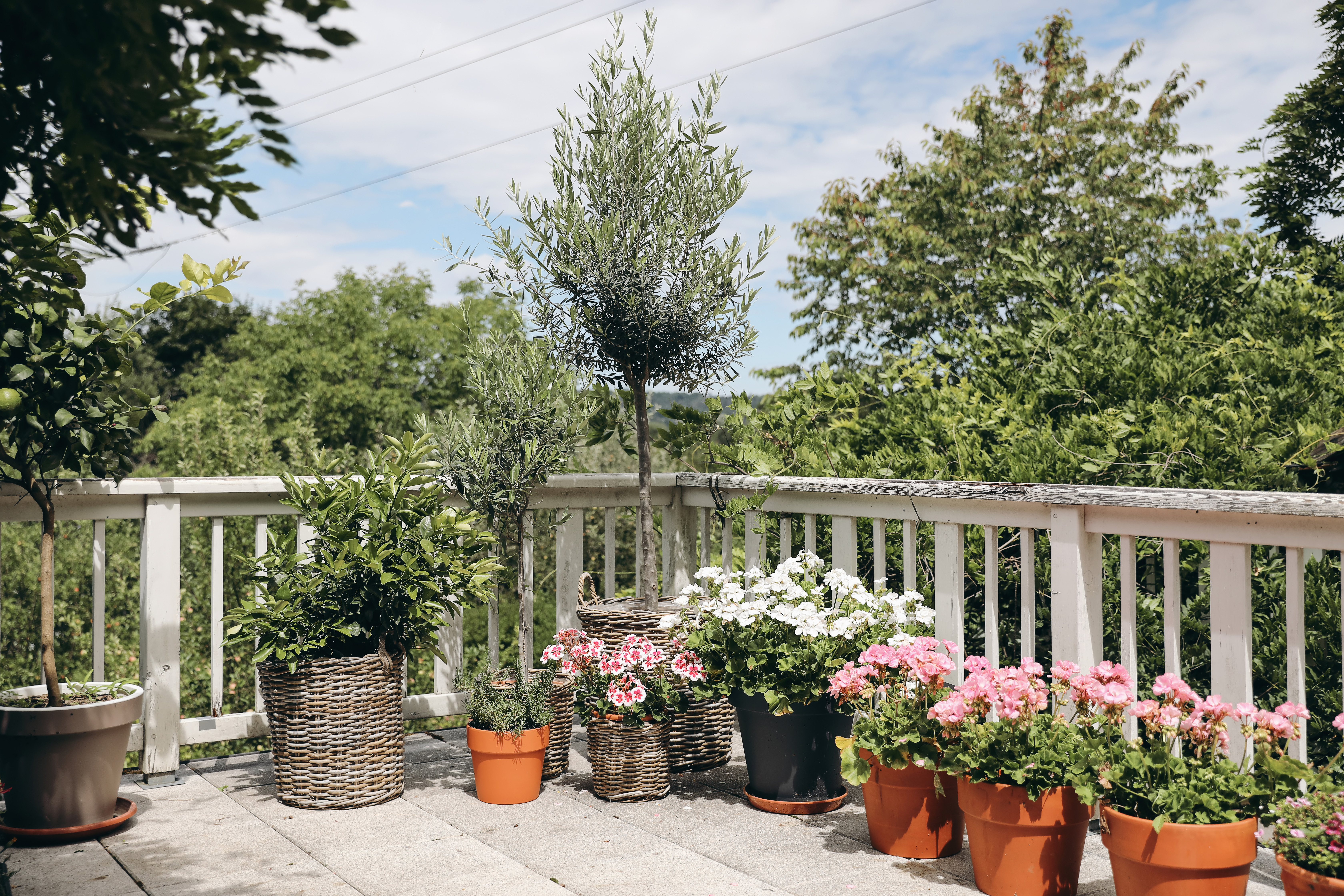
Although both processes are quite similar and strive to protect your garden and plants from the cold, there is a slight difference between the two.
Tony O'Neill, a gardening expert from Simplify Gardening says winterizing is the process of getting your garden ready for winter, "which may involve tasks like mulching, covering plants, or adjusting your watering schedule."
And as for overwintering, the expert says this refers to maintaining plants during the winter, "whether indoors or outside, to ensure their survival and good health come spring."
Be The First To Know
The Livingetc newsletters are your inside source for what’s shaping interiors now - and what’s next. Discover trend forecasts, smart style ideas, and curated shopping inspiration that brings design to life. Subscribe today and stay ahead of the curve.
Raluca formerly worked at Livingetc.com and is now a contributor with a passion for all things interior and living beautifully. Coming from a background writing and styling shoots for fashion magazines such as Marie Claire Raluca’s love for design started at a very young age when her family’s favourite weekend activity was moving the furniture around the house ‘for fun’. Always happiest in creative environments in her spare time she loves designing mindful spaces and doing colour consultations. She finds the best inspiration in art, nature, and the way we live, and thinks that a home should serve our mental and emotional wellbeing as well as our lifestyle.
- Faiza SaqibRenovation Editor
-
 Jeremiah Brent Captures the Grit and Glamour of NYC in His New Loloi Collaboration
Jeremiah Brent Captures the Grit and Glamour of NYC in His New Loloi CollaborationThe TV-famous interior designer looked out of his own window — and hit the pavement — for a collection that turns city spirit into tactile design
By Julia Demer
-
 This Specific Fabric Print Is Literally Everywhere Right Now — Here's Why
This Specific Fabric Print Is Literally Everywhere Right Now — Here's WhyIt's whimsical, artistic, and full of character. We've called it already: Dedar's 'Tiger Mountain' is the fabric that will define 2025
By Devin Toolen
-
 These Are the Dos and Don'ts of Bamboo Plant Placement — Follow This to Avoid Bad Feng Shui
These Are the Dos and Don'ts of Bamboo Plant Placement — Follow This to Avoid Bad Feng ShuiBy following the experts' guidance on where to place this houseplant you can usher luck, wealth, and prosperity into your home
By Lilith Hudson
-
 Is It Okay to Have a Mirror Facing a Door in Feng Shui? The Verdict Is In and It Just Might Surprise You
Is It Okay to Have a Mirror Facing a Door in Feng Shui? The Verdict Is In and It Just Might Surprise YouDecorating your home with mirrors calls for intention if you're dressing your space in accordance with Feng Shui. Here's what you should know.
By Amiya Baratan
-
 4 Things to Unpack as Soon as You Move House — For a Comfortable and Organized Fresh Start
4 Things to Unpack as Soon as You Move House — For a Comfortable and Organized Fresh StartIf you have a major move in the works and you're looking to prepare in advance, this is the starter kit you need to properly set up your new home.
By Amiya Baratan
-
 10 Decluttering Challenges to Have on Your Radar This Year — For a Tidier, More Mindful Home
10 Decluttering Challenges to Have on Your Radar This Year — For a Tidier, More Mindful HomeIf you're interested in transforming your home for the better, here are 10 decluttering challenges I recommend for a professionally tidy space.
By Amiya Baratan
-
 Biophilic Decluttering — What to Take Out of Your Home (and What to Put in) for a More Natural Home
Biophilic Decluttering — What to Take Out of Your Home (and What to Put in) for a More Natural HomeTry your hand at biophilic decluttering to ground your interiors, connect to the environment, and cure chronic clutter in one go. Here's how.
By Amiya Baratan
-
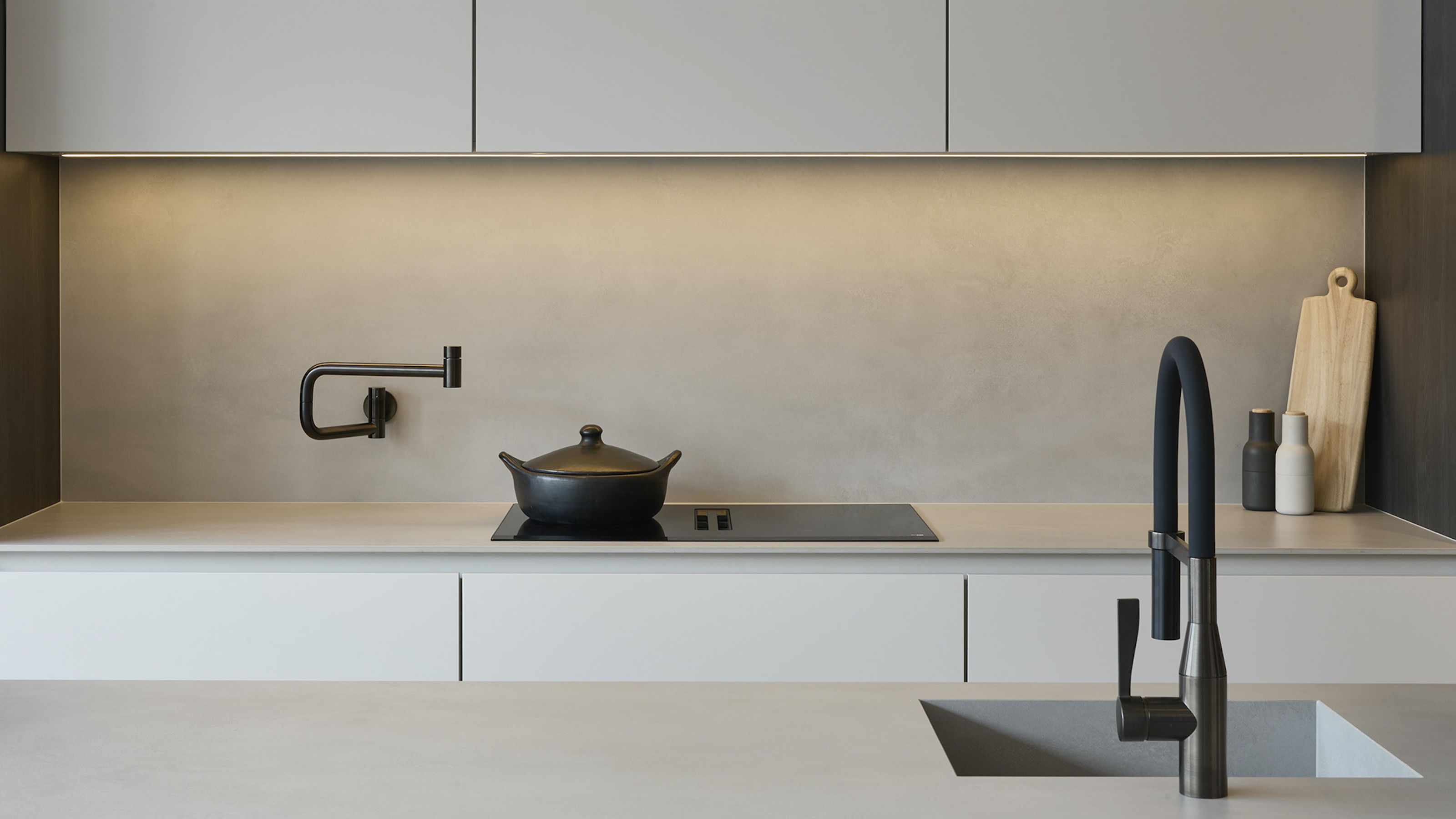 The 10 Different Types of Kitchen Taps — And the Pros and Cons of Each One to Know Before You Pick
The 10 Different Types of Kitchen Taps — And the Pros and Cons of Each One to Know Before You PickFrom sleek pull-outs to vintage bridge taps, explore 10 kitchen tap styles that mix function, flair, and a splash of cool
By Linda Clayton
-
 How Much Does an Extension Cost in 2025? Renovation and Design Experts Break Down Your Budget
How Much Does an Extension Cost in 2025? Renovation and Design Experts Break Down Your BudgetExplore how much different types of extensions cost in 2025 to budget for your project accurately
By Amy Reeves
-
 9 Bathroom Storage Mistakes You're Probably Making That Make Using This Space Much Harder — And What to Do Instead
9 Bathroom Storage Mistakes You're Probably Making That Make Using This Space Much Harder — And What to Do InsteadDiscover which mistakes are to blame for your overcrowded and cluttered bathroom
By Seraphina Kyprios